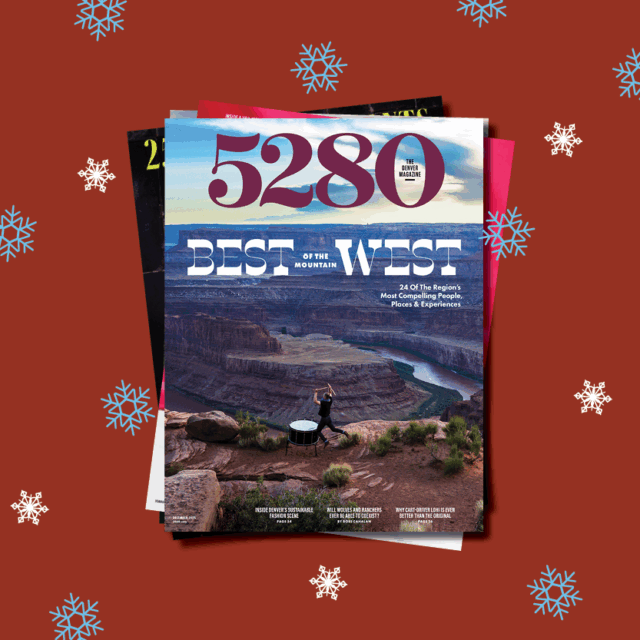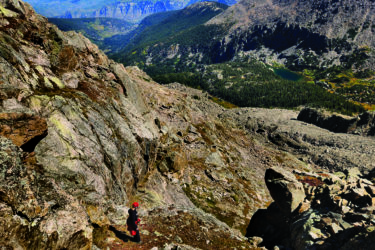The Local newsletter is your free, daily guide to life in Colorado. For locals, by locals.
Off-roading isn’t like navigating the streets of LoDo. You’ll need a different skill set—and mindset—to negotiate backcountry routes’ variable terrain. We solicited advice from several off-road guides to help you get where you want to go, safely.
When you encounter…a big ol’ boulder
You should…resist the urge to swerve around it (possibly going off-trail to do so) and position your tire to run right over it. Proceed very slowly—there’s a reason why they call this rock crawling.

When you encounter…a river or creek
You should…first, check to see that the far bank has a gentle enough grade (if it looks too steep, it is too steep) for you to exit the water. Second, make sure the water isn’t deep enough to reach the bottom of your vehicle’s doors, which can quickly turn your OHV into a very poor boat.
When you encounter…a stairstep going uphill
You should…make sure to maintain your forward momentum so you can roll through the obstacle. Coming to a full stop creates a scenario in which the vehicle needs to encounter resistance under its tires to move forward but doesn’t have space to do so before hitting an impediment.
When you encounter…an area with sand, mud, or snow
You should…air down your tires so the pressure is roughly 20 pounds per square inch (or lower). Put your vehicle in four-wheel-drive low. Starting in second gear will help with traction. Keep your momentum. Note: If it looks like you might get stuck, you probably will. Err on the safe side.
When you encounter…a tree trunk lying across the trail
You should…go up and over it if the tree trunk is relatively small. If it’s too large, you could get high-centered. The better move, if you’re unsure, is to turn around and alert the land management agency.
When you encounter…a section of trail that looks like your favorite mogul run
You should…drive right over these so-called “whoops” because that’s part of the fun. With enough seat time, you’ll learn to choose the best lines, but if you’re looking for a smooth ride, off-roading may not be your bag.
Behind The Wheel

Matt Balazs founded On Trail Training to help four-by-four drivers have fun—and avoid mishaps.
5280: You’ve been off-roading since you were a kid, so is it safe to assume you’ve seen some carnage?
Matt Balazs: Definitely. I teach from my mistakes and others’. I once tried to drive through a two-foot-deep snow drift. Only it wasn’t two feet; it was a four-foot dip full of snow. I had to dig my way out of my window and then dig the vehicle out too. This is why I tell students to carry a foldable shovel.
What other useful advice do you give your clients?
I do a driving skills class and two recovery classes. All of them are hands-on and on the trail because that’s how you learn. In the skills class, I use the boring part of the trail to work on basics, like knowing where your tires are. Then we do some more advanced skills, like having a driver climb uneven terrain so she can feel how far a vehicle can lean before it might tip. We also talk about things like how power is distributed to your wheels and using gears instead of brakes. We look at “witness marks”—spots where other vehicles have hit something—and talk about how to avoid making more witness marks.
What’s a recovery class?
Getting stuck is just part of off-roading. It’s going to happen. So you need to know how to safely get unstuck. Recovery can be dangerous because you’re using winches and cables that, if they fail, can be moving 1,500 feet per second. In these classes, we talk about equipment selection, how to design recovery systems with fail-safe mechanisms, and what to look for when hooking up a vehicle.








